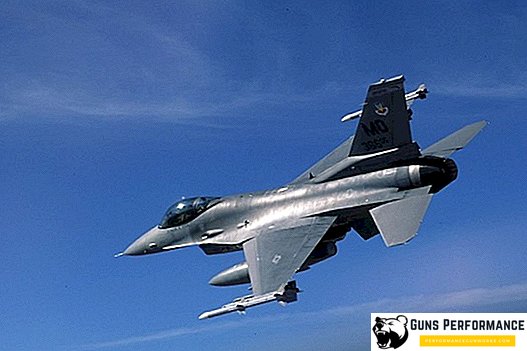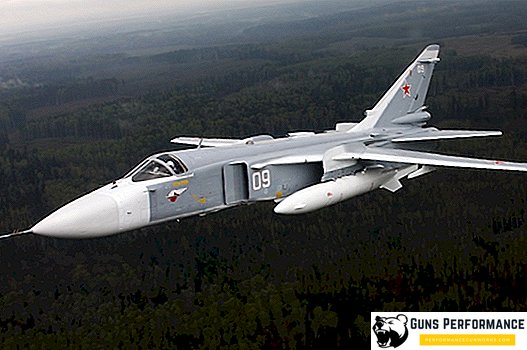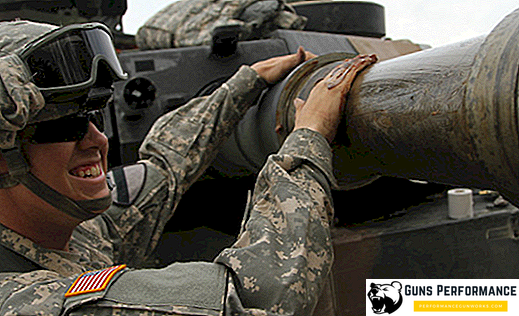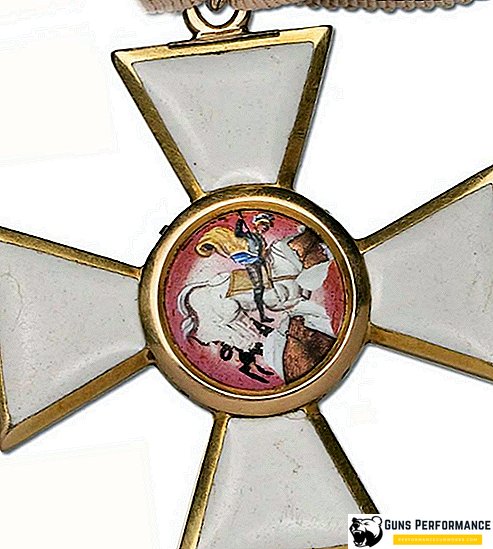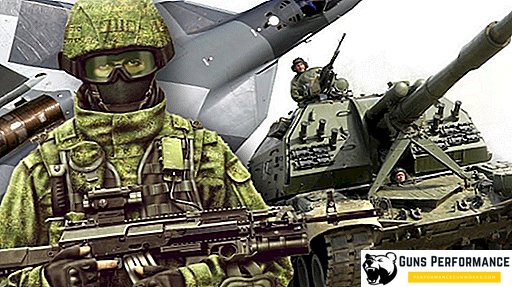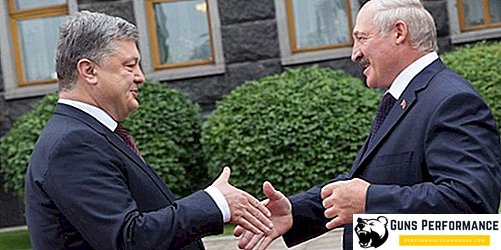
Russian-Belarusian relations of the post-Soviet period can hardly be called simple. Belarus is critically dependent on Russia economically, and despite this, President Lukashenko is trying to pursue an independent policy, maneuvering between the interests of major international players. And I must say that he often does it.
2014 became for all post-Soviet space a peculiar point of no return. What happened was previously considered unthinkable. After the annexation of the Crimea and the events in the east of Ukraine, the leaders of the former Soviet republics realized that they, too, are absolutely not immune from the appearance of "green men" and the opening of "military trade" near their borders.
But at the same time, a "window of opportunity" unexpectedly opened up for Lukashenko, and I must say that Alexander Grigorievich managed to take advantage of the situation to the maximum. First, he received tangible political dividends: Minsk from the stronghold of the “last dictator of Europe” immediately turned into a respected negotiating platform for resolving the Ukrainian crisis, where Western diplomats and even leaders of leading European countries do not disdain. Well, and secondly, after the introduction of the regime of sanctions and anti-sanctions, Belarus has become a kind of transshipment base through which prohibited goods enter the Russian territory. So Belarusian shrimps, pineapples and parmesan cheese appeared.
All this is well known, but there is another aspect that is practically not covered by the Russian media, namely the Belarusian-Ukrainian military cooperation, which played a crucial role in 2014 and 2015. We can say more: Lukashenko’s timely help was saved by the current Kiev authorities, and it was largely thanks to her that the fat project was put on the Novorossia project.
Brotherly shoulder for the Ukrainian army

Ukraine inherited from the USSR a powerful army and the largest military-industrial complex in the post-Soviet space. But each new government in Kiev considered it their duty to participate in the plundering of this inheritance: fighters were sold by squadrons, tanks were cut for metal, shopping centers appeared on the site of unique enterprises.
The apotheosis of this trend was the rule of the penultimate Ukrainian president, Viktor Yanukovych. Therefore, the picture that appeared before the new "postmaid" power was really bleak. The army simply did not have the fuel to refuel military equipment and send it to the east. Moreover, after the flight of Yanukovych in the treasury there were no funds for his purchase. And in this critical situation, Minsk itself offered Kiev a deferment of payment for the supply of gasoline and diesel fuel. Ask Belarus prepay, then, probably, the militia would have easily reached the shores of the Dnieper, because the Ukrainian army simply could not get to the theater of operations. It should be noted that since the middle of the "zero" years, Belarus controlled 60% of the Ukrainian oil products market.
At the initial stage of the ATO, official Kiev actively used military aviation, but the trouble is that it used to be almost completely filled with Russian fuel. Here, the Belarusians also put a shoulder to their southern neighbor, having established an uninterrupted supply of kerosene to the Armed Forces of Ukraine. To do this, they even had to significantly increase its release. The piquancy of the situation is added by the fact that all Belarusian fuel is produced from Russian oil.
At the same time, the whole of 2014, Europe, preferring not to tease Moscow, did not deliver a single liter of aviation fuel to Ukraine, stating that it could be used for military purposes.
How Lukashenko helped rearm the Ukrainian army
But not a single fuel. The “technological” side of military cooperation between Kiev and Minsk was no less fruitful. In the fall of 2014 in Belarus, a real "landing" of specialists was formed, which went on a long tour of the defense enterprises of Ukraine. Their goal was to search for possible options for cooperation between the military-industrial complex of the two countries, and they were quickly found.
Back in 2014, Belarusian MAZ trucks and multi-wheeled tractors began to appear in the Ukrainian army, traditionally engaged in the production of MZKT. Now the licensed assembly of MAZ trucks has been established at one of the enterprises of the Bogdan Corporation.
Ukraine, despite its impressive size, has never had its own production of internal combustion engines. European "allies" (Mercedes, IVECO) refused to supply Kiev, and then fraternal Belarus came to the aid of the Ukrainians again. Just now, the route of European engines has become more bizarre: with a stop on the Belarusian territory. Yes, and local manufacturers - the same Minsk Motor Plant - have increased deliveries to the "Square" many times over.
The deliveries of hydraulic and pneumatic systems, which by their characteristics are excellent for installation on armored vehicles, have increased tenfold.
A huge problem for the Ukrainian army at the beginning of the conflict in the Donbas was the lack of batteries. There are dozens of eyewitness accounts of how entire columns of military vehicles were wound up from one battery. The problem was quickly resolved, while the volume of supply of batteries from Belarus to Ukraine in 2015 increased hundreds of times.
Separately, optical systems, in the production of which Belarusians are traditionally strong, should be mentioned. The scope of supply of sights, binoculars and other optical devices in 2015 increased many times and amounted to millions of dollars.
Broken wings of the motherland
Back in early 2014, Lukashenko said the following: “We need to modernize the air force, and which air force can be without airplanes? No sooner said than done. Soon work began to boil at the Orsha Aircraft Repair Plant: here they not only repaired Ukrainian military equipment — the Mi-24 with damage characteristic of combat operations — but also modernized the old Soviet helicopters. For example, a modification of the Mi-8MSB appeared. The machines were completed with the latest EW systems, fire control, night vision.
In 2015, Ukrainian UAVs were demonstrated, which, for some reason, turned out to be strikingly similar to the similar products of the Belarusian company Agat. You can also add that Belarusians supply Ukraine with navigation systems, equipment for remote control of aircraft, and radar systems.
Moreover, formally direct supplies do not exist. For these purposes, numerous gaskets are used with registration in the Baltic States, the United States, China, etc.
Joint projects of the military industrial complex of the two countries
Even before 2014, Ukraine and Belarus had the experience of successful joint projects in the military-industrial complex. The most famous example is the Skif anti-tank complex, the missile of which was developed at the Kiev Artem, and the guidance system at the Minsk Design Bureau Peleng. From other joint developments, we can mention the mobile anti-tank systems Karakal and the Stiletto air defense missile system.

Such cooperation has a beneficial effect on the development of the military-industrial complex of both countries, and allows them to offer completely new types of products on foreign markets.
Minsk is clearly interested in the Ukrainian experience of creating heavy armored vehicles, missile systems and MLRS.
In 2015, the latest Belarusian MLRS "Polonez" was presented, with the development of which Chinese comrades allegedly helped Syabry. Russia did not participate in this project. Of course, there is little public information, but it is very likely that not only Chinese, but also Ukrainian designers had a hand in creating this complex - the terms of adopting Polonez into service too much coincide. In addition, Lukashenka plans to acquire his own production of rocket engines.
What does all this need for Belarusians?
A natural question arises: why should Sabrá support Ukraine, against the will and wishes of the “elder brother” from the Kremlin? After all, Belarus is considered the closest ally of Russia, except for the EEU, it is still part of the military unit of the CSTO.
Probably, in 2014, Lukashenko clearly understood that in the event of the defeat of Kiev, his days were also numbered. If the project “Novorossiya” was a success in full, then, most likely, Belarus would become the next target on the road to reviving the USSR 2.0. In this case, Lukashenko could hardly even count on the governor’s post.
This can be called the main reason for the unprecedented assistance that was provided to the Ukrainians. And the economic benefits and the opportunity to get new military technologies is rather a pleasant dessert for the main course.


